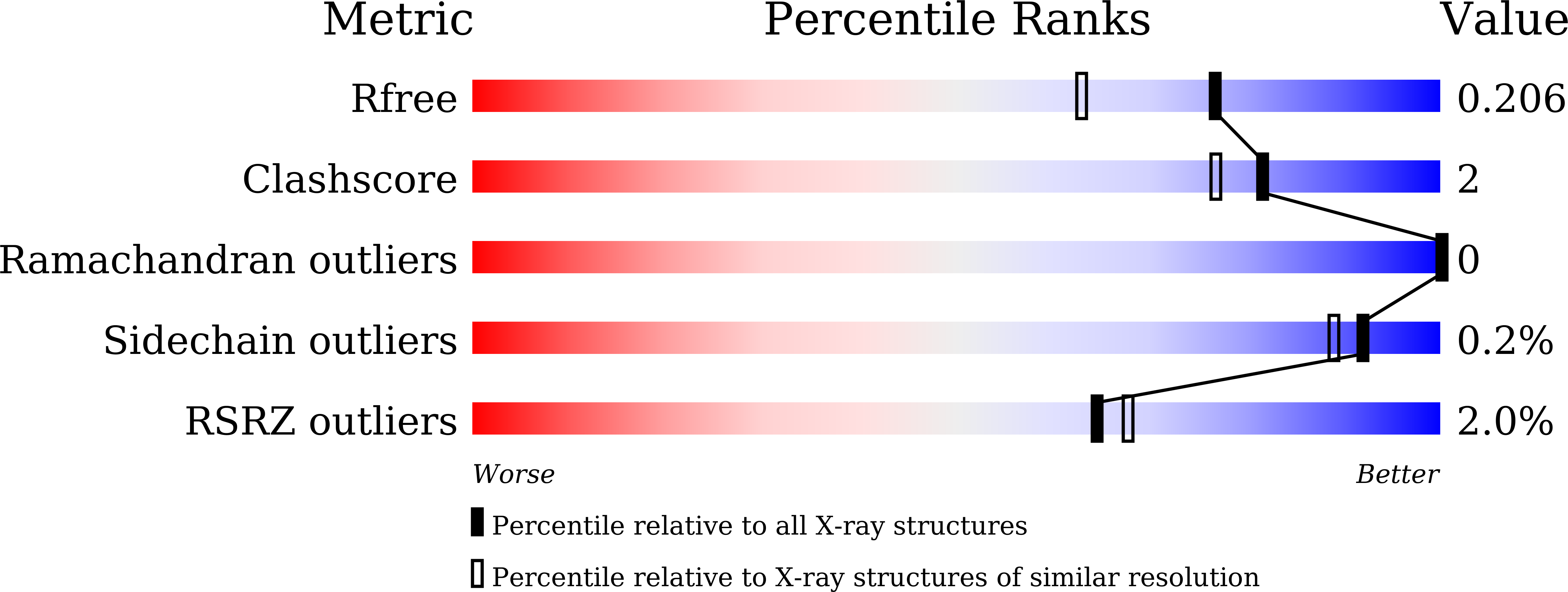
Deposition Date
2024-12-17
Release Date
2025-07-02
Last Version Date
2025-07-30
Entry Detail
PDB ID:
9L2N
Keywords:
Title:
Crystal structure of Cytochalasin D bound to a filamentous conformation actin
Biological Source:
Source Organism:
Physarum polycephalum (Taxon ID: 5791)
Gallus gallus (Taxon ID: 9031)
Gallus gallus (Taxon ID: 9031)
Host Organism:
Method Details:
Experimental Method:
Resolution:
1.70 Å
R-Value Free:
0.20
R-Value Work:
0.17
R-Value Observed:
0.17
Space Group:
P 21 21 21


